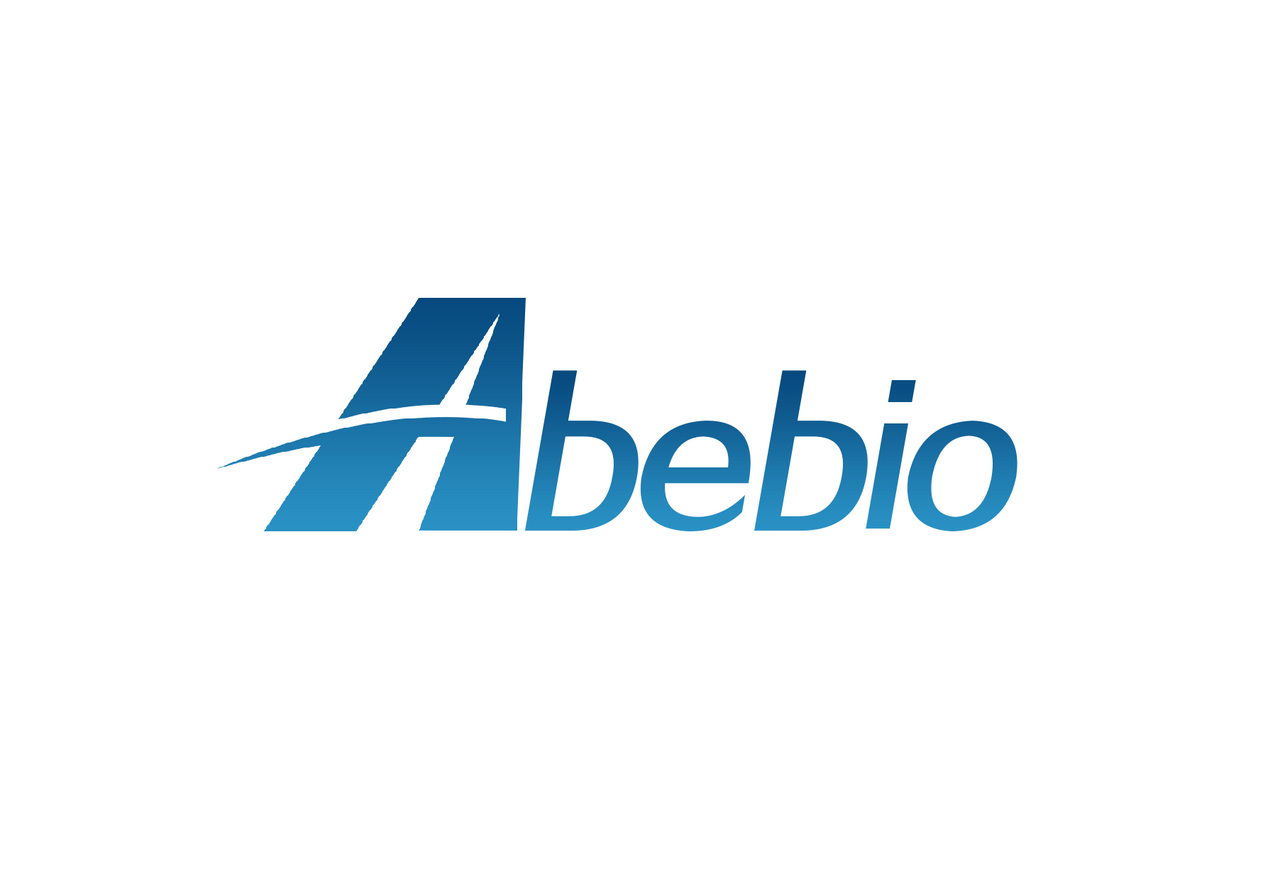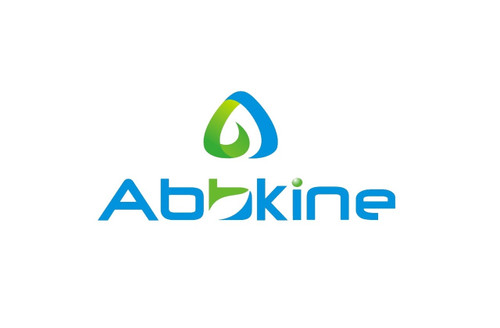Product Description
Rat Mitochondrial import receptor subunit TOM20 homolog (TOMM20) ELISA Kit | AE13829RA | Abebio
Species Reactivity: Rat (Rattus norvegicus)
Abbreviation: TOMM20
Alternative Name: RP4-597N16.2; KIAA0016; MAS20; MGC117367; MOM19; TOM20; translocase of outer mitochondrial membrane 20 homolog|translocase of outer mitochondrial membrane 20 homolog type II
Application: ELISA
Range: Request Information
Sensitivity: Request Information
Intra-Assay: ≤5.8%
Inter-Assay: ≤6.6%
Recovery: 1, 04
Sample Type: Serum, Plasma, Other biological fluids
Detection Method: Sandwich
Analysis Method : Quantitive
Test Principale: This assay employs a two-site sandwich ELISA to quantitate TOMM20 in samples. An antibody specific for TOMM20 has been pre-coated onto a microplate. Standards and samples are pipetted into the wells and anyTOMM20 present is bound by the immobilized antibody. After removing any unbound substances, a biotin-conjugated antibody specific for TOMM20 is added to the wells. After washing, Streptavidin conjugated Horseradish Peroxidase (HRP) is added to the wells. Following a wash to remove any unbound avidin-enzyme reagent, a substrate solution is added to the wells and color develops in proportion to the amount of TOMM20 bound in the initial step. The color development is stopped and the intensity of the color is measured.
Product Overview: TOMM20L Belongs to the Tom20 family.Tom20 is the master receptor for protein import into mitochondria. Analysis of motifs present in Tom20 sequences from fungi and animals found several highly conserved regions, including features of the transmembrane segment, the ligand-binding domain and functionally important flexible segments at the N terminus and the C terminus of the protein. Hidden Markov model searches of genome sequence data revealed novel isoforms of Tom20 in vertebrate and invertebrate animals. A three-dimensional comparative model of the novel type I Tom20, based on the structurally characterized type II isoform, shows important differences in the amino acid residues lining the ligand-binding groove, where the type I protein from animals is more similar to the fungal form of Tom20.
Stability: The stability of ELISA kit is determined by the loss rate of activity. The loss rate of this kit is less than 5% within the expiration date under appropriate storage condition. The loss rate was determined by accelerated thermal degradation test. Keep the kit at 37°C for 4 and 7 days, and compare O.D.values of the kit kept at 37°C with that of at recommended temperature. (referring from China Biological Products Standard, which was calculated by the Arrhenius equation. For ELISA kit, 4 days storage at 37°C can be considered as 6 months at 2 - 8°C, which means 7 days at 37°C equaling 12 months at 2 - 8°C) .
 Euro
Euro
 USD
USD
 British Pound
British Pound
 NULL
NULL








